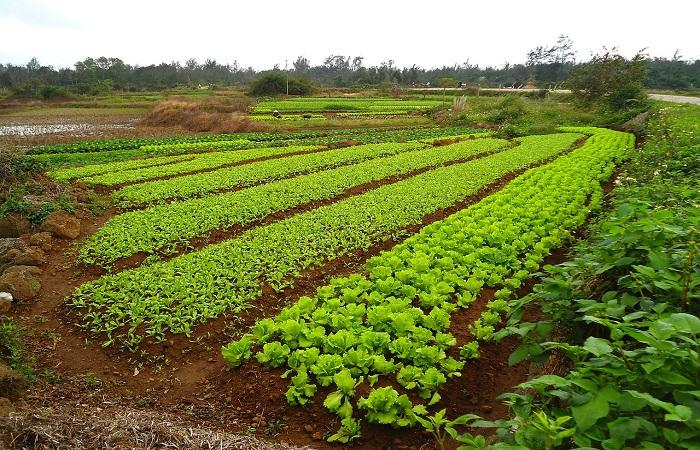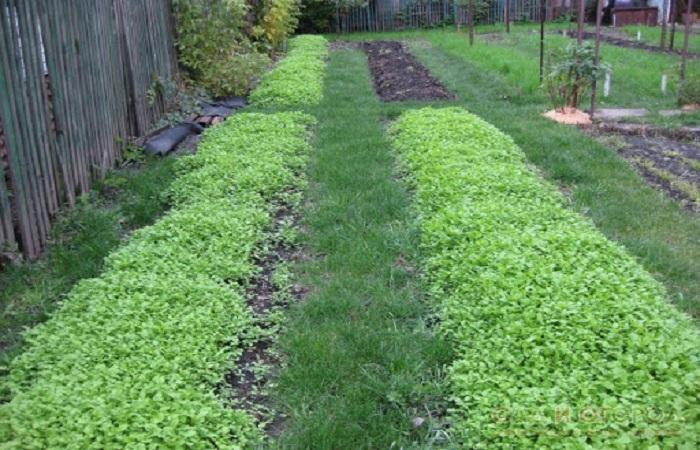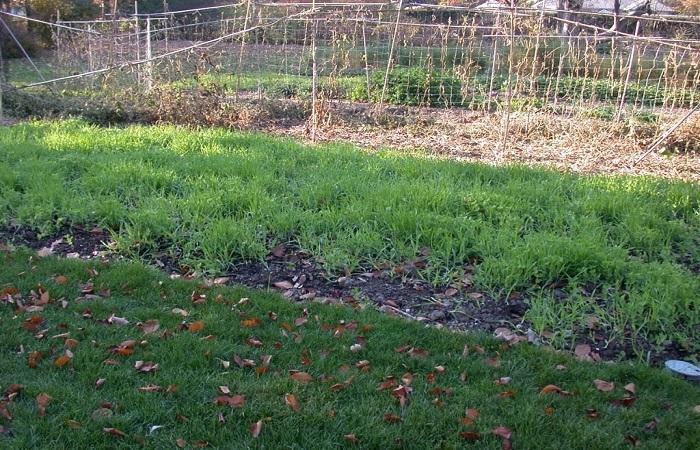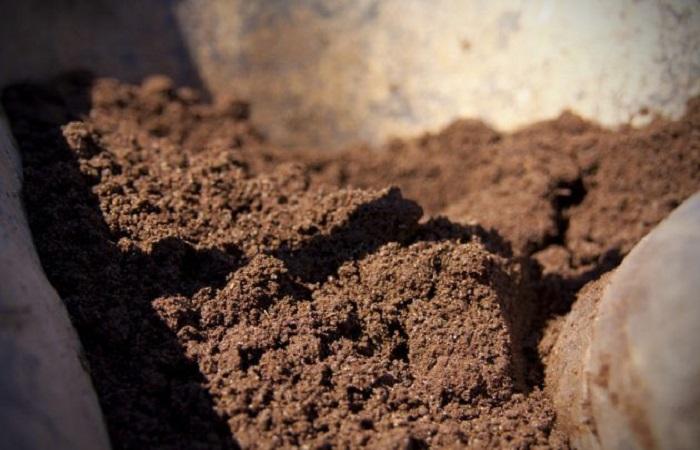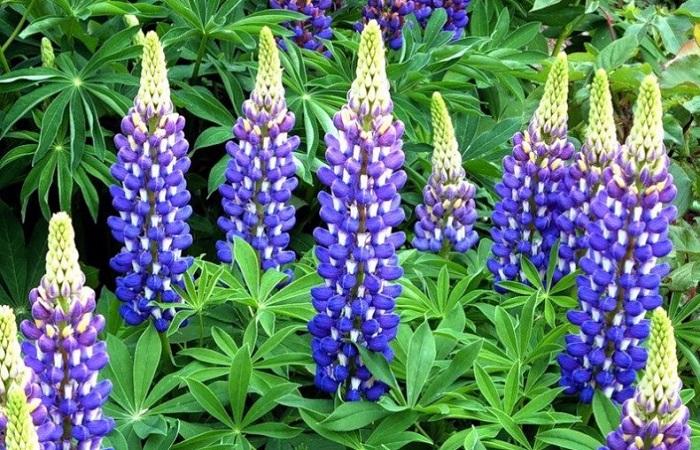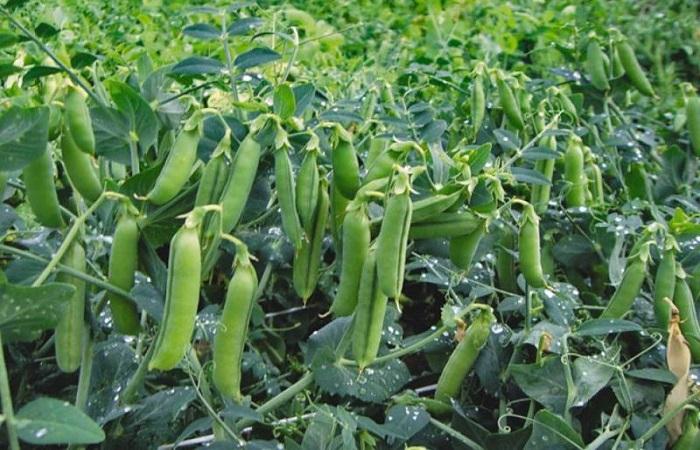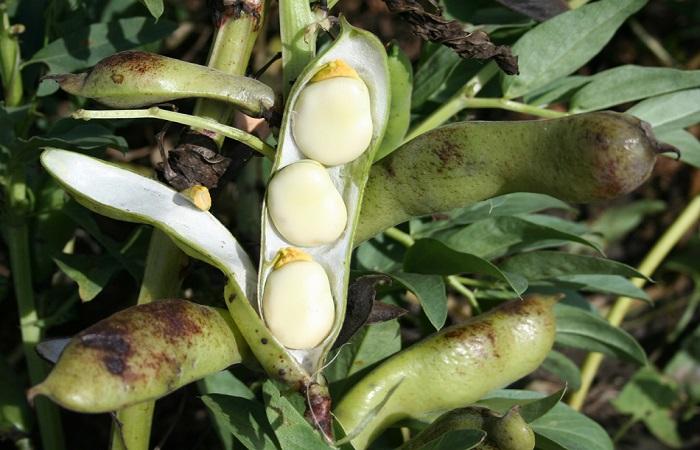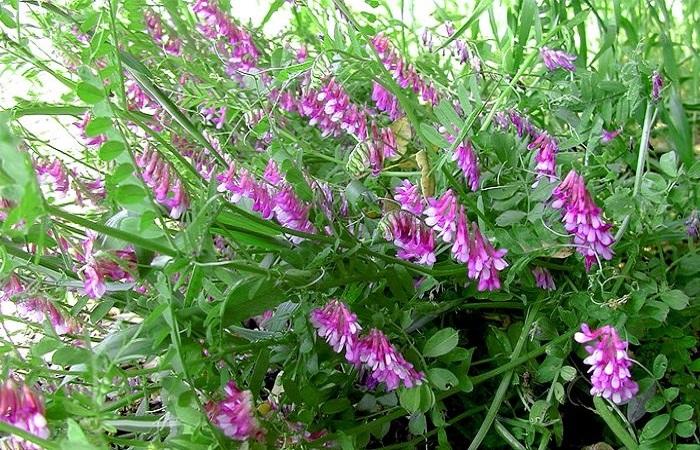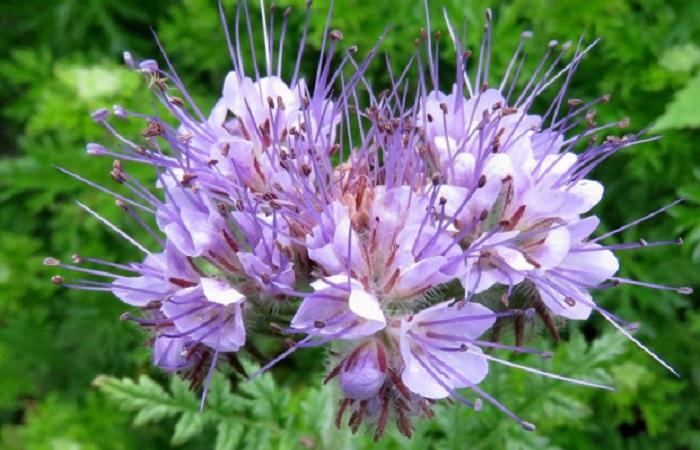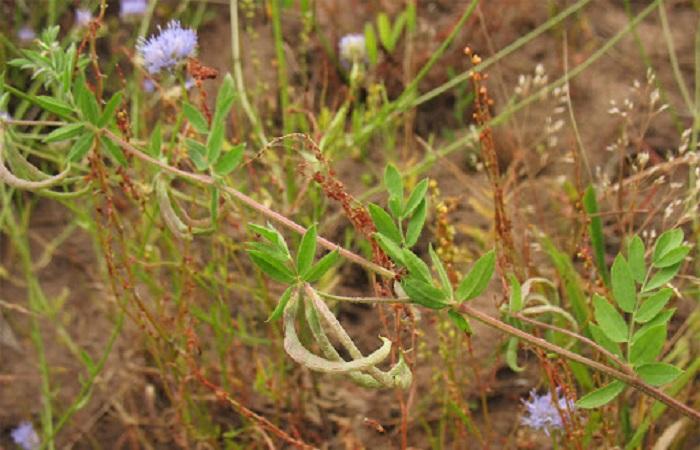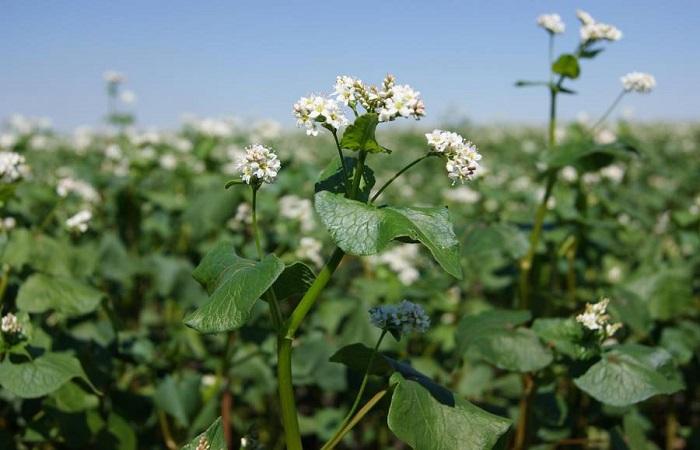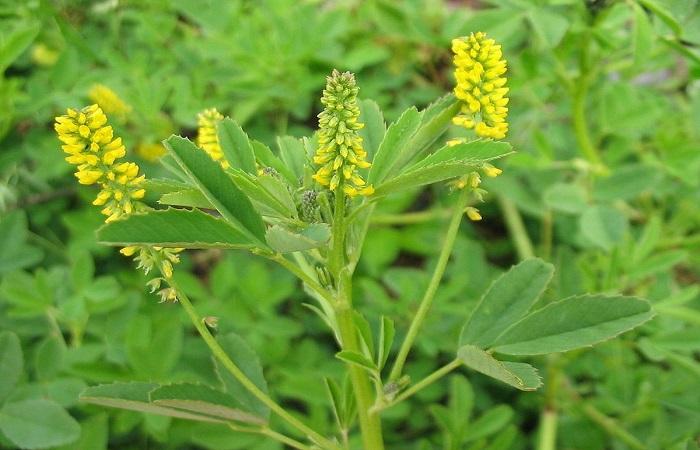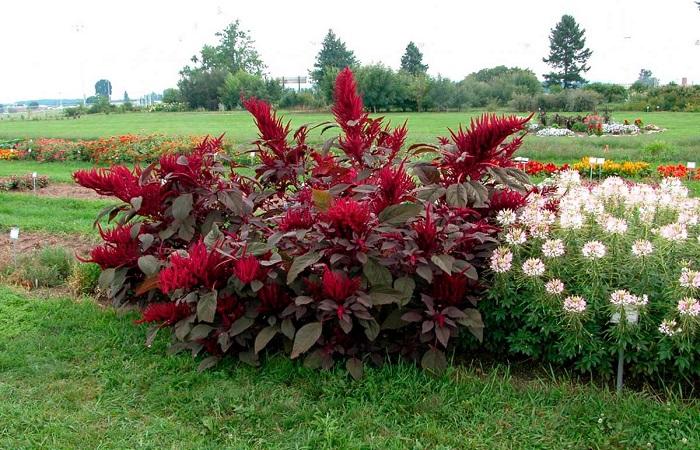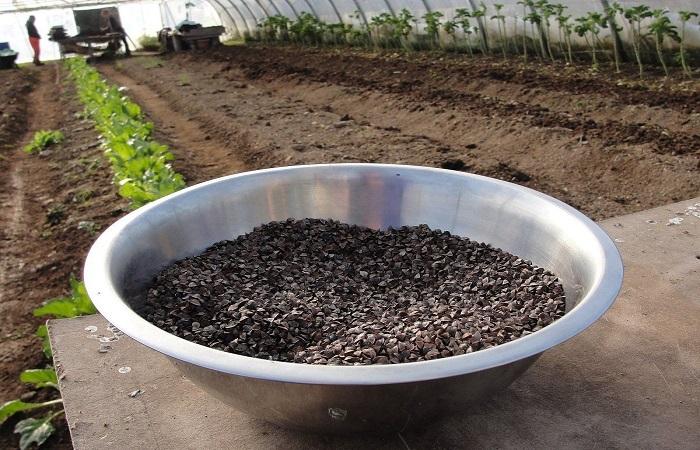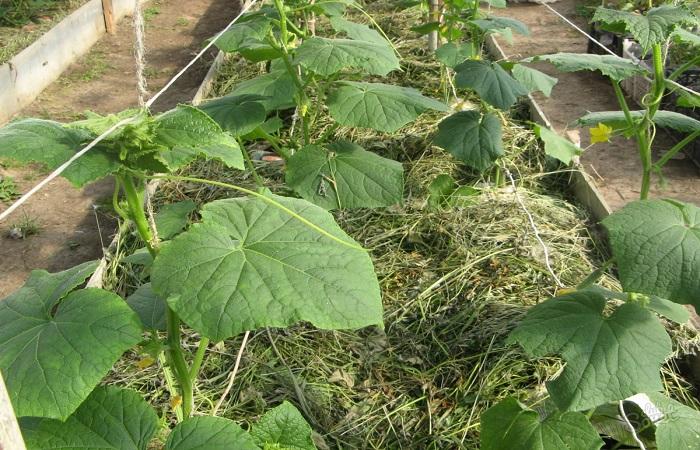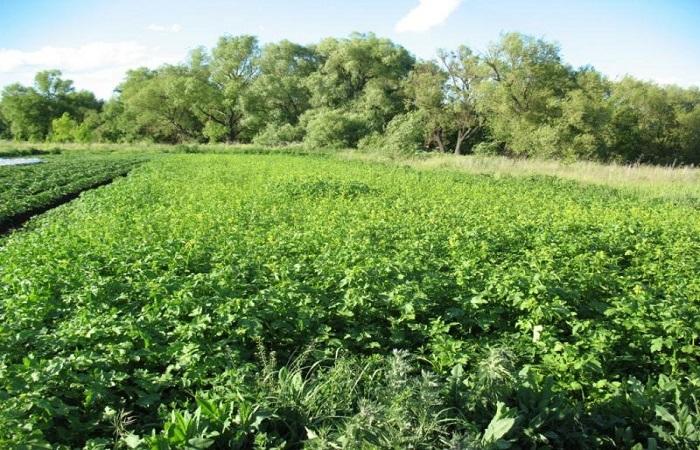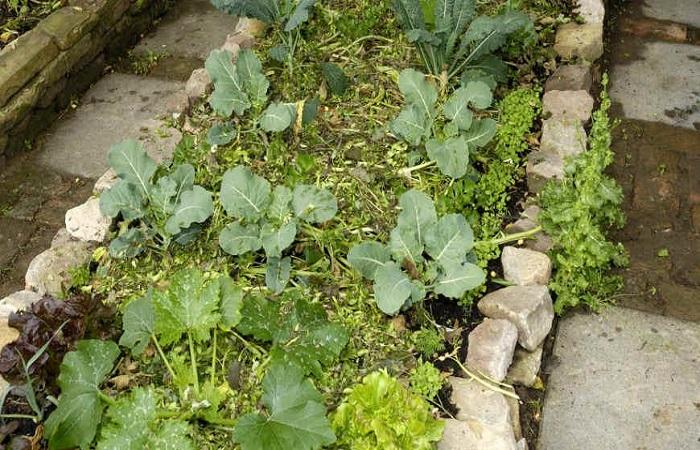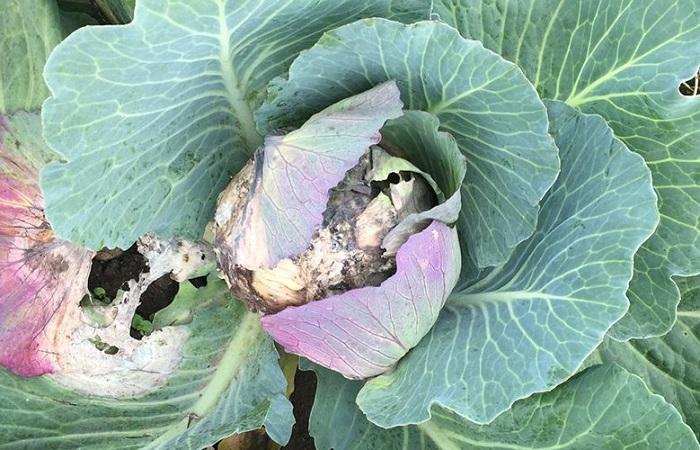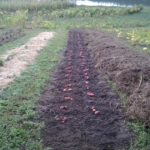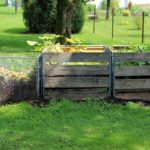To obtain a rich harvest of fruit crops, gardeners use both organic and mineral fertilizers. And while chemicals are not always safe for human health and are expensive, organics consist of natural ingredients and do not harm the environment. When choosing green manure for your garden that effectively saturates the soil with nutrients, you need to figure out how to sow and mow them correctly to get results.
- What are green manures and what are they for?
- What types are there?
- Effect on different soil types
- Properties and planting dates for different green manures
- Lupine
- Seed peas
- Bob Russian
- Vika
- Clover
- Tansy phacelia
- Mustard and rapeseed
- Seradella
- Rye
- Oats
- Buckwheat
- Radish
- Sweet clover
- Marigold
- Sunflower
- Scarlet amaranth
- Chaff multiflorum
- Where and how to sow?
- Which green manures are suitable for which crops?
- For cucumbers
- For potatoes
- For tomatoes
- For cabbage
- What diseases and pests are they effective against?
- Terms and rules for harvesting green manure
What are green manures and what are they for?
Green manure plants are crops that are planted on the site not in order to harvest fruits from them, but with the aim of saturating the soil with useful components that increase productivity. Those gardeners who have a negative attitude towards the use of chemicals in their gardens give preference to organic matter, including green manure. Such crops, no worse than store-bought fertilizers, enrich the soil with nitrogen and organic compounds necessary for the development of fruit plants.
Their only drawback is that you will have to wait a whole season to get the desired result, since green manure must first be grown, mowed and incorporated into the soil, and only after that they will begin to saturate the soil with all the necessary components.
As a rule, such crops are sown in the spring, with the arrival of the first warm days, and harvested in mid-summer, so it will not be possible to use the site for growing agricultural plants for some time. Therefore, experienced gardeners sow green manure in other beds every season, and use the soil saturated with organic matter for fruit crops.
In addition to fertilizing the soil, such herbs have several other beneficial properties, they are:
- thanks to a powerful and branched root system, they help strengthen the soil and prevent its cracking, especially in arid regions;
- loosen heavy clay soils and promote better oxygen access;
- promote good water permeability of the soil in the beds;
- repel some pests and destroy a number of pathogenic microorganisms that lead to the development of crop diseases.
What types are there?
Each green manure plant is characterized by its own unique properties and has advantages and disadvantages. Organic fertilizer is selected depending on the fruit crops that are planned to be grown in the garden.
The most common green manures include the following types:
- Legumes. The legume group includes lentils, peas, sweet clover, clover, vetch, lupine and alfalfa. The main advantage of this type of green manure is considered to be the saturation of the soil with a huge amount of nitrogen, which is why legumes are especially popular among gardeners.
- Cruciferous. This species includes radish, mustard and spring rape. Plants included in this category fertilize the soil no worse than manure and, in addition, cleanse the soil of pathogens. They are unpretentious to growing conditions and are quite frost-resistant.
- Cereals. Representatives of this species (oats, rye, sorghum) contain a record amount of protein, as well as a high concentration of potassium.
- Buckwheat. The only green manure that falls into this category is buckwheat. It is characterized by the ability to reduce the acidity of the soil after embedding, and also, thanks to its well-developed root system, it fully loosens the soil.
- Compositae. Calendula and sunflower belong to this species. When properly grown, they produce abundant green mass, and sunflowers have roots that go deep into the ground up to 2 meters, thereby loosening the soil.Another advantage of this species is its unpretentiousness to growing conditions.
- Hydrophiles. The only green manure in the group is phacelia. In addition to all the beneficial qualities inherent in other crops, it has the unique ability to repel nematodes that attack the root system of fruit plants.
- Amaranthaceae. The only representative of the group, amaranth, is characterized by the ability to stimulate the active activity of beneficial bacteria and microorganisms, while the plant itself is not afraid of pest invasions and tolerates adverse weather conditions well.
Effect on different soil types
Green manure plants have an effect depending on the type of soil that predominates in the garden. The same green manure behaves differently on different types of soil.
If the site has acidic soil, it is recommended to sow plants from the hydrophilic group, as they regulate the indicators, bringing them closer to neutral values. Cereal siderates are also suitable. This type of soil is not suitable for cruciferous crops.
On heavy soils, a good solution would be to plant amaranth and sunflowers, which, with their roots, will loosen them and make them air- and moisture-permeable. On light sandy soils, legumes are an ideal solution.
Properties and planting dates for different green manures
Each green manure plant has its own preferences for growing conditions and optimal sowing times. In order for crops to benefit the garden, it is necessary to follow the recommendations of experienced gardeners.
Lupine
Lupine is a capricious green manure, so it requires full agrotechnical care.To improve its characteristics, it is better to choose an annual type of lupine, which is simply mowed after reaching a certain height. Perennial varieties reproduce very quickly and quickly take over the entire area.
The favorable period for planting green manure is mid-August; in this case, before the onset of cold weather, it will have time to build up rich green mass and form beans. After growing this crop, the earth is saturated with large amounts of nitrogen, calcium and phosphorus. However, it must be remembered that lupine is sensitive to lack of moisture, so additional watering is organized.
Seed peas
The advantage of this green manure crop is the high concentration of protein in the composition. Most of the nutritional components in the green mass of the plant accumulate by the time the pods are filled. Peas are sown at the end of April in the southern regions and the first half of May in the middle zone. When the crops reach 15 cm in height, they are cut and dug up with soil.
If the crop is planted in autumn, it is worth adding superphosphate to the soil to accelerate the development and growth of green mass.
Bob Russian
It is considered one of the best green manures due to its branched root system, which goes at least a meter deep into the soil. It is recommended to plant beans on heavy soils with excess moisture, but with a neutral reaction, since the plant does not develop well in acidic soil. It must be remembered that legumes cannot be sown after this.
Vika
On the roots of this plant from the legume family there are entire colonies of nitrogen fixers, due to which the soil is fully saturated with nitrogen in a short time. Since the crop is not afraid of cold weather, it can be planted as soon as the snow melts and the soil warms up.
It is an excellent precursor for vegetable crops such as peppers, eggplants and tomatoes, and is not suitable for sowing before other legumes, as well as beets and garlic. A well-developed root system loosens the soil and increases its aeration and water permeability. It is also recommended to plant vetch in the tree trunks of fruit trees, as it prevents cracking of the ground.
Clover
When planning to grow clover as a green manure, you must remember that the plant is moisture-loving; in addition, red clover prefers shaded areas, and white clover, on the contrary, prefers sunny areas. In addition to saturating the top layer of soil with nutrients, the culture converts difficult-to-digest phosphates into easily digestible ones.
Tansy phacelia
A crop such as phacelia is considered a universal green manure, since it can be sown before and after any crops. It not only supplies the soil with potassium and nitrogen, but also reduces soil acidity. In addition, much fewer weeds appear in the area where phacelia is planted.
Another advantage of this green manure is that it can be sown throughout the season, from the first warm days of spring to autumn.Since phacelia seed material has good germination, it does not need to be pre-stratified.
Mustard and rapeseed
Mustard grows faster than other green manures and saturates the garden soil with phosphorus and sulfur. In addition, the roots of the plant secrete certain substances that help destroy pathogens of fungal diseases. In terms of growth rate, rapeseed is not inferior to mustard, however, both crops should not be planted in front of representatives of the Cruciferous family. Most often, mustard is sown in the spring, and rapeseed before winter.
Seradella
An annual plant from the Legume family, it saturates the soil with nitrogen, potassium and phosphorus. In addition, seradella has an extensive root system, thanks to which it loosens the soil and makes it more permeable to moisture. The crop is sown in the first warm spring days and mowed during the flowering period.
Rye
Rye as a green manure is sown before winter, then with the first sunny days it will sprout and begin active growth. Among the advantages of this crop, it is worth noting the ability to retain snow on the fields, prevent soil cracking and the development of diseases.
Oats
This crop is unpretentious to growing conditions and soil composition; the only thing the plant needs for full development is moisture. Thanks to green manure, the amount of phosphorus, potassium and organic matter in the soil increases. The material is sown as soon as the soil warms up, after the snow has melted.
Buckwheat
The crop has a short growing season and is used for planting as green manure between rows and on grape plantations. It improves the characteristics of depleted soil by increasing its nitrogen, phosphorus and potassium content. Sowing of material begins in May, when the top layer of soil warms up to 10 degrees.
Radish
The culture has a powerful tap-type root system and loosens not only the top layer of soil, but also deeper ones. Since radish contains essential oils, it destroys pathogens of fungal diseases living in the soil, as well as insect pests.
Sweet clover
It is grown as a biennial plant and is used for medicinal purposes and as a green manure crop. It needs a lot of sun and warmth, as well as alkaline soil. Thanks to the powerful root system, penetrating 1.5 m deep, nutritional components reach not only the upper layers of the garden soil. Sweet clover material is sown in late April or early May, depending on the growing region.
Marigold
In addition to the nutritional components, this plant contains a certain substance that destroys pathogenic microorganisms living in the soil. Flowers are planted with the arrival of warm spring days; the greatest effect from growing is observed in the second year.
Sunflower
The root of this plant penetrates to a depth of 2 meters, so sunflower is planted if it is necessary to improve the characteristics of the lower layers of the soil. Sowing of seeds is carried out at the end of April or the first half of May. Mow the crop without waiting for the formation of a flower with seeds.
Scarlet amaranth
Amaranth is one of the record holders for protein content, which is found in both leaves and seeds. The crop is planted in early May and mowed when abundant green mass has formed.
Chaff multiflorum
To grow this crop as a green manure, you need good soil and a sufficient amount of moisture; due to the demanding conditions, chaff is rarely used by gardeners. It enriches the soil with nitrogen and improves its structure.
Where and how to sow?
If a decision is made to sow annual green manure at a summer cottage, then do it in the garden bed before planting fruit vegetables. You can also place green manure plants between the rows, then mow and bury them without disturbing the main crops.
If the gardener decides to let the soil rest throughout the season, sowing green fertilizer can be done throughout the summer. Another option is winter sowing after harvesting.
The instructions for the seed material indicate the consumption of seeds per hundred square meters of area, so when carrying out work, these recommendations are followed.
Which green manures are suitable for which crops?
It is important not only to select green manure with beneficial properties, but also to take into account its compatibility with subsequent crops. Otherwise, the gardener, instead of benefit, will receive a weakening of fruit plants and a decrease in yield.
For cucumbers
A cultivated plant like cucumber is unpretentious to its predecessors. As green manure, you can use oats and rye, radish and mustard, clover, peas and beans. Green fertilizers are sown both before growing the main crop and after harvesting. It is also possible to place green manure between the rows, but periodically after planting, trim the green mass so that it does not block the sunlight for the cucumbers.
For potatoes
Before growing potatoes, it is recommended to use green manures belonging to the Legume family.They saturate the soil with protein necessary for the formation of large vegetable tubers. Plants such as beans, peas, lupine and sweet clover are ideal. Herbs of other types (phacelia, mustard, rapeseed) are less effective, but have one advantage - they destroy the causative agents of common diseases. Green manure material is sown both in spring and autumn, but experienced gardeners recommend the second option.
After planting, if necessary, water the green manure so that it gains more green mass. As soon as buds form on them, they are immediately mowed and embedded in the ground or used as mulch.
For tomatoes
The predecessors of tomatoes can be different green manures; each plant has its own advantages and disadvantages, so they are guided by the needs of the soil. Green fertilizer works in several directions:
- mustard saturates the soil with essential elements and repels pests, and also prevents cracking of the soil;
- vetch increases the yield from each bush by up to 30%;
- alfalfa improves soil structure;
- phacelia corrects acidity levels and prevents the proliferation of fungi in the soil.
Planting green manure plants is not prohibited throughout the season.
For cabbage
To improve the health of the soil and increase its fertility, green manures such as peas, alfalfa, clover, lupine and seradella are used. Green manure will be successful if you follow the recommendations of experienced farmers and do not use inappropriate herbs that will inhibit the formation of cabbage heads.
If a summer resident is starting to grow green fertilizer for the first time, he should pay attention to a plant such as lupine.The annual plant reaches readiness already 50 days after sowing the seeds, after which the green mass is mowed and embedded in the ground or used as mulch, and cabbage seedlings are planted in this place.
What diseases and pests are they effective against?
The healing properties of green manure crops are an additional advantage of green fertilizer. Depending on the variety, they have the following effects:
- Rye, sown after harvesting potatoes, allows you to destroy nematodes. The fact is that the roots of this cereal plant secrete a certain substance that the pest does not tolerate and leaves this place.
- If you plant flax between potato rows, Colorado potato beetles, which cannot tolerate the smell of crop leaves, will disappear from the garden bed.
- To protect strawberry beds, marigolds are planted, which have a pungent aroma.
- With the help of phacelia, it will be possible to cope with the spread of fungal diseases throughout the area and such pests as wireworms.
Terms and rules for harvesting green manure
The timing of harvesting green manure plants depends on the time of sowing, as well as their vegetative development. As a rule, plants sown before winter are mowed in April or May, when they have formed enough green mass. Crops planted in spring are mowed in early summer.
The mowed mass can be used to prepare compost, buried in the top layer of soil, or spread around plantings in the form of mulch.

